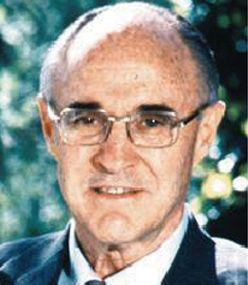
All chronic pain, various kinds of pains, and diseases arise when human cells lack oxygen.

Fill the bodies of cancer patients with oxygen first.
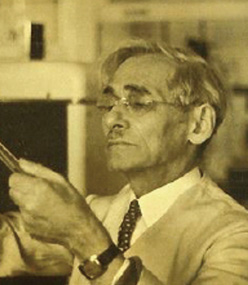
Oxygen is the driving force of all cellular life.

One cause of all diseases arises from oxygen deficiency.
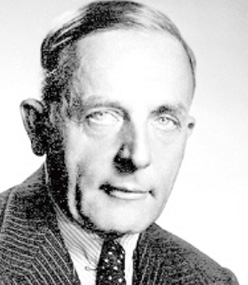
The development of cancer cells is due to a lack of oxygen.
 William G, Kaelin JR
William G, Kaelin JR
 Gregg L. Semenza
Gregg L. Semenza
 Peter J. Ratcliffe
Peter J. Ratcliffe
The Molecular Switch
that enables cells to appropriately respond “to changes in oxygen concentration” has been identified.
Furthermore, with the increase in the amount of HIF1 protein and the enhancement of the use of oxygen, a new treatment method has been found to block the proliferation of cancer cells.
- From Dr. Lee Kwang-Mook’s book ‘The Story of Oxygen’ -
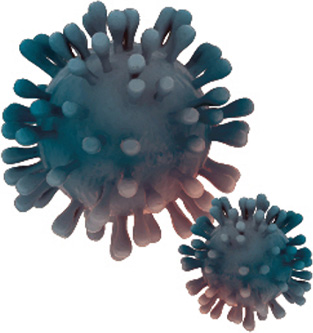
According to Dr. Otto Warburg, a German biochemist who won the Nobel Prize in Physiology or Medicine in 1931,
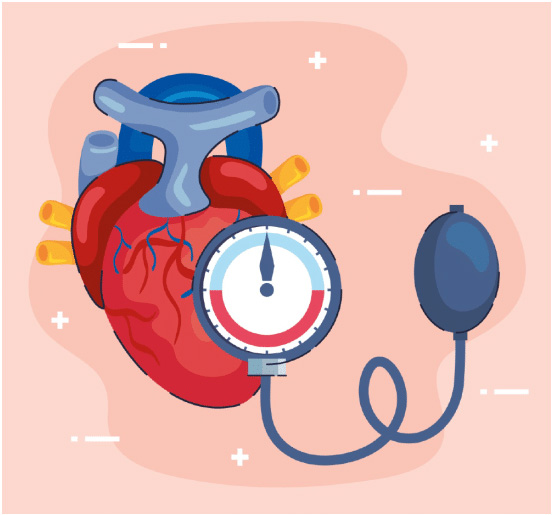
Dr. Yoon Bang-bu, the founder of family medicine in Korea, warns that drinking one glass of alcohol requires three glasses of oxygen; that oxygen consumption through drinking leads to less oxygen supply to other organs; and that excessive drinking depletes oxygen for other organs, hindering oxygen flow to the brain, heart, and blood. Oxygen acts as fuel for the heart, and a lack of oxygen can significantly affect cardiovascular health. Insufficient oxygen can lead to blocked coronary arteries, which result in angina or even heart attacks. However, adequate oxygen supply can help clear blocked vessels and facilitate heart function.
Insulin is the hormone responsible for transporting glucose from the bloodstream into the cell membranes. When the pancreas fails to produce insulin or less produces it, glucose cannot adequately enter the cells.
In this case, blood glucose levels go up, causing symptoms of hyperglycemia. As blood sugar increases, the body expels the excess glucose through increased urination, leading to dehydration. This condition is known as diabetes. When glucose failing to the cells, or drinking or smoking induced waste products such as cholesterols and fats accumulate in blood, blood viscosity increases and causes clots.
These clotted blood cells cannot pass through capillaries, resulting in inadequate “oxygen supply” and leading to hypoxia. When oxygen and nutrients are not delivered effectively, it is impossible to generate sufficient energy. If the body remains in a state of low oxygen, it will make the following attempt to produce energy sufficiently:
“Increase oxygen supply”
“Increase glucose supply”
“Enhance the cells’ ability to absorb glucose (insulin)”
With these increases in glucose and insulin, blood becomes more viscous and stickier and oxygen is delivered less to tissue cells. This vicious cycle repeats. The accumulation of lactic acid indicates that diabetic tissues cannot perform aerobic metabolism due to oxygen deficiency and instead rely on anaerobic metabolism for energy.
“A 0.5% deficiency in oxygen can lead to a 90% increase in glucose.”
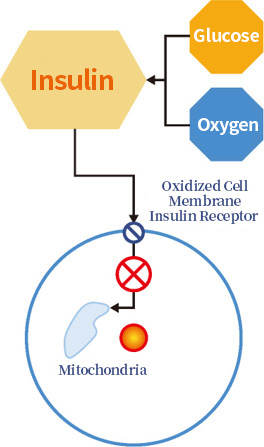
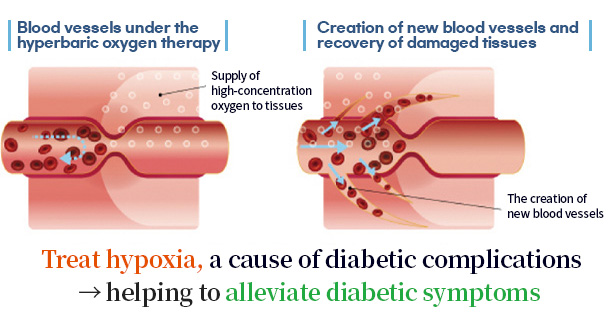
Severe diabetes can destroy blood vessels and nerves, leading to foot decay and potential amputations. However, recent research suggests that preservation is preferable to amputation. Samcheonpo Hospital and Hallym University Dongtan Sacred Heart Hospital use oxygen therapy to treat diabetic foot patients without amputation, so many patients line up for treatment.
Numerous studies have been conducted on brain damage and oxygen. The brain requires the most oxygen in the body and consumes about 30% of the body’s total oxygen. Each day, approximately 2,000 liters of blood (equivalent to ten barrels) flow to the brain to supply oxygen to its 145 billion neurons. When blood flow to the brain decreases, oxygen supply becomes insufficient. Such insufficiency leads to symptoms like pain. If brain cells die, the risk of stroke and dementia increases and results in memory loss, sleep disturbances, and headaches. In Arkansas, the US, there was a case where a child who suffered brain damage from drowning was successfully treated with oxygen therapy, even after severe brain injury. Additionally, oxygen enhances brain activity, improves memory concentration, and promotes fetal health in pregnant women.

Dr. Singhal and his research team at Massachusetts General Hospital in Boston found that supplying high concentrations of oxygen to stroke patients within 10 hours of onset significantly improved stroke symptoms. MRI scans showed a remarkable reduction in brain damage after oxygen therapy, and blood flow in the damaged areas improved. Dr. Singhal argued that oxygen supply expands the time window for administering TPA anticoagulants beyond the usual three-hour requirement.
Researchers at Tel Aviv University in Israel have found that the symptoms of Alzheimer’s disease (dementia) can be halted or reduced through oxygen supply. In a study involving six elderly patients showing signs of dementia, oxygen was administered for 90 minutes a day, five days a week, over the course of three months. As a result, blood flow to the brain increased from 16% to 23%, and all patients showed significant improvements in brain function. Test scores for memory increased by 16.5%, attention by 6%, and information processing speed by 10.3%. The vascular structure of the brain effectively changed through oxygen supply. This indicates that when oxygen is supplied, tissues absorb it more rapidly and in greater quantities. Additionally, supplemental studies on animals revealed that this treatment interfered with cellular communication and eliminated the sticky amyloid plaques, which are indicators of Alzheimer’s disease.
Numerous scientists have warned about the risks of sleep deprivation. One of the foremost dangers is Alzheimer's disease. In 2013, Professor Nedergaard from the University of Rochester revealed that sleep cleanses waste products generated by brain activity. After studying mouse brain, the research team found that during sleep, the interstitial space between brain cells expands by up to 60%, allowing cerebrospinal fluid to penetrate and wash away accumulated waste. This system was named the “glymphatic system.” Professor Nedergaard explained that this cleaning activity requires significant energy, making it difficult to occur simultaneously with normal brain activity while awake. Waste products like “beta-amyloid,” which can trigger Alzheimer’s, were washed away twice as effectively during sleep than while awake. It suggests that a lack of sleep may lead to the accumulation of beta-amyloid in the brain and potentially cause Alzheimer’s. Additionally, Dr. Matthew Walker, a neuroscientist at Harvard University, argued that the increased incidence of Alzheimer’s in older adults is closely related to sleep deprivation. He also mentioned that memory decline in the elderly is associated with insufficient sleep. The second illness caused by sleep deprivation is “cancer.” According to Dr. Walker's research, the activity of "natural killer cells," which are crucial for our immune response, decreased by 70% in participants who only slept four hours a night. Furthermore, he discovered that sleep deprivation affects gene expression. In an experiment where healthy adults were limited to six hours of sleep for a week, about half of over 700 important genes showed increased expression, while the other half decreased. The genes with reduced expression were related to the immune system, whereas those with increased expression were associated with tumor growth, inflammation, and stress. Consequently, the WHO has classified night shifts as “carcinogenic.” Dr. Yoon Bang-bu, featured in the TV program "The King of Thumbs," claimed that sleep is related to oxygen.
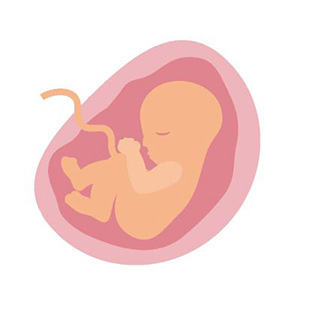
From the 14th week of pregnancy, the oxygen requirement for expectant mothers begins to rise sharply. Insufficient oxygen can lead to developmental delays, disabilities, and in severe cases, death, as reported by the JoongAng Ilbo. Various unexpected pregnancy symptoms are also connected to oxygen levels. By the 14th week, a fetus’s organs start to take shape and its growth accelerates. From that time, oxygen and nutrient supply becomes crucial. The food and air consumed by the mother begin to significantly impact fetal growth. The blood flow rate for the mother before pregnancy is around 50 mL per minute but increases 7 times or about 350 mL just before delivery. However, this rapid increase in blood volume can cause health issues for the mother. The production of red blood cells, which carry oxygen, is slower compared to the rate of blood volume increase, raising the risk of “anemia in pregnancy.” Additionally, severe oxygen deficiency in the uterus can lead the fetus to experience “hypoxia,” referred to as “intrauterine hypoxia.”
Professor Shin Cheol from Korea University Ansan Hospital, specializing in respiratory medicine, said in the TV program "Secrets of Life and Death," "When oxygen levels drop, metabolism stops. That’s why you can’t lose weight. If oxygen saturation continues to decrease, even normal individuals will inevitably gain weight." He emphasizes that to lose weight through exercise, one must engage in aerobic workouts. Anaerobic exercise does not help with obesity at all. Oxygen is the best element to burn fat in our bodies. In particular, hyperbaric high-concentration oxygen water is absorbed very quickly, and its oxygen absorption rate is over ten times higher than that of breathing. Why not try hyperbaric high-concentration oxygen water to tackle obesity?